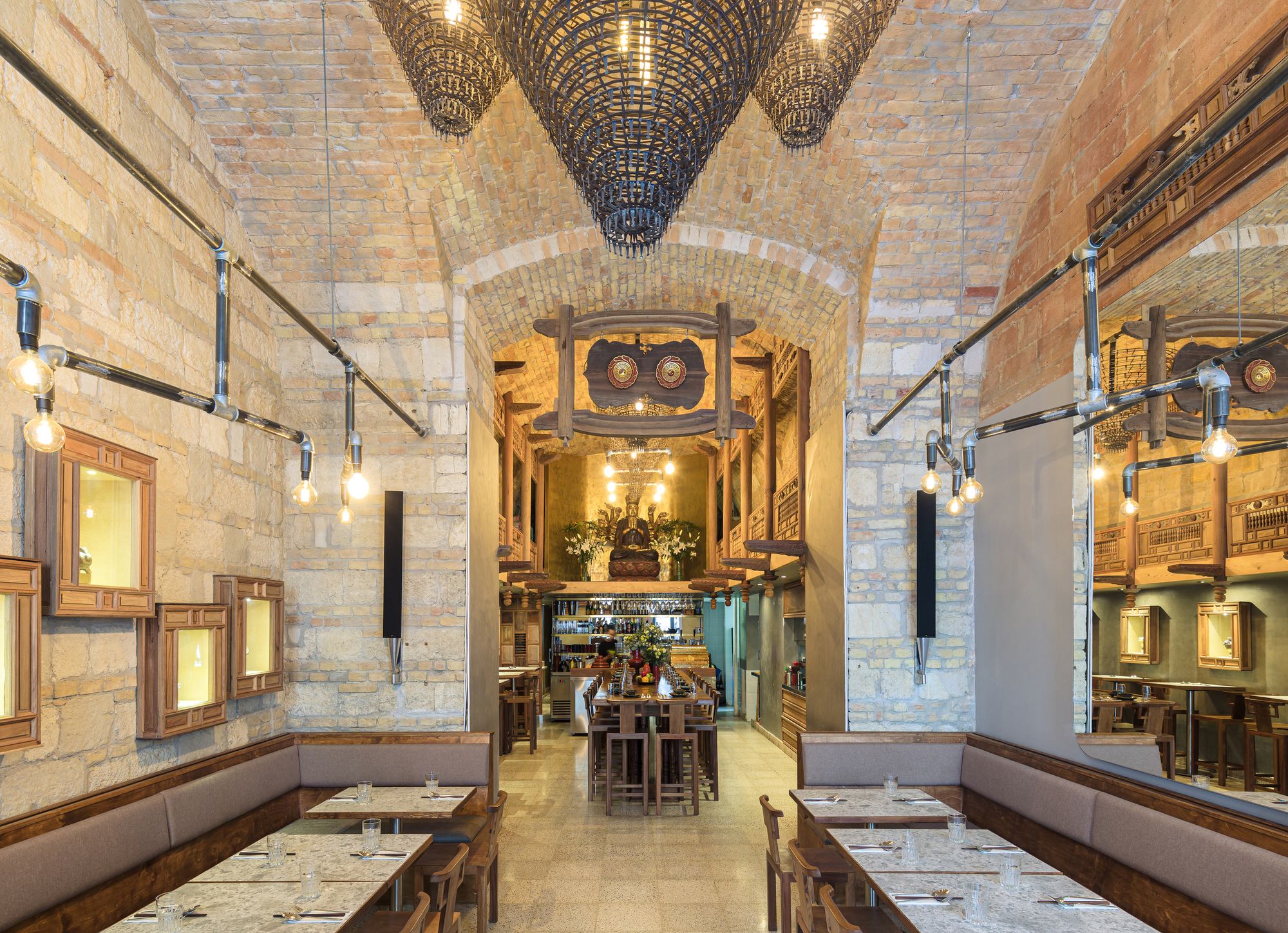Instinctiveness, honesty, love of traditions, environmentalism… the values along which Quí was created only make us appreciate the otherwise already perfect Thai and Vietnamese dishes more. Two out of the founder trio, Nguyen Thuy Phuong and Anh Tuan shared their thoughts about the philosophy of the place, their values and the responsibility of people that work with design in any manner.
“Coming up with new things and also wanting to share it with people is somehow in our nature – but this means we have to open a new place!“ – says Tuan smiling, alluding to the fact that there was simply no place for the meals we now found in Quí on the menus of Sáo and Khan. In Quí, we meet mainly Thai and “mandatory’ Vietnamese dishes, but the founders dedicated a little more time and space to development and learning and so they managed to create a place where every detail is right where it should be. Coffee, cocktails and desserts also get more emphasis here – so feel free to pop by just for a coffee, too – and all this is surrounded by an impressive interior resembling a Vietnamese monastery.
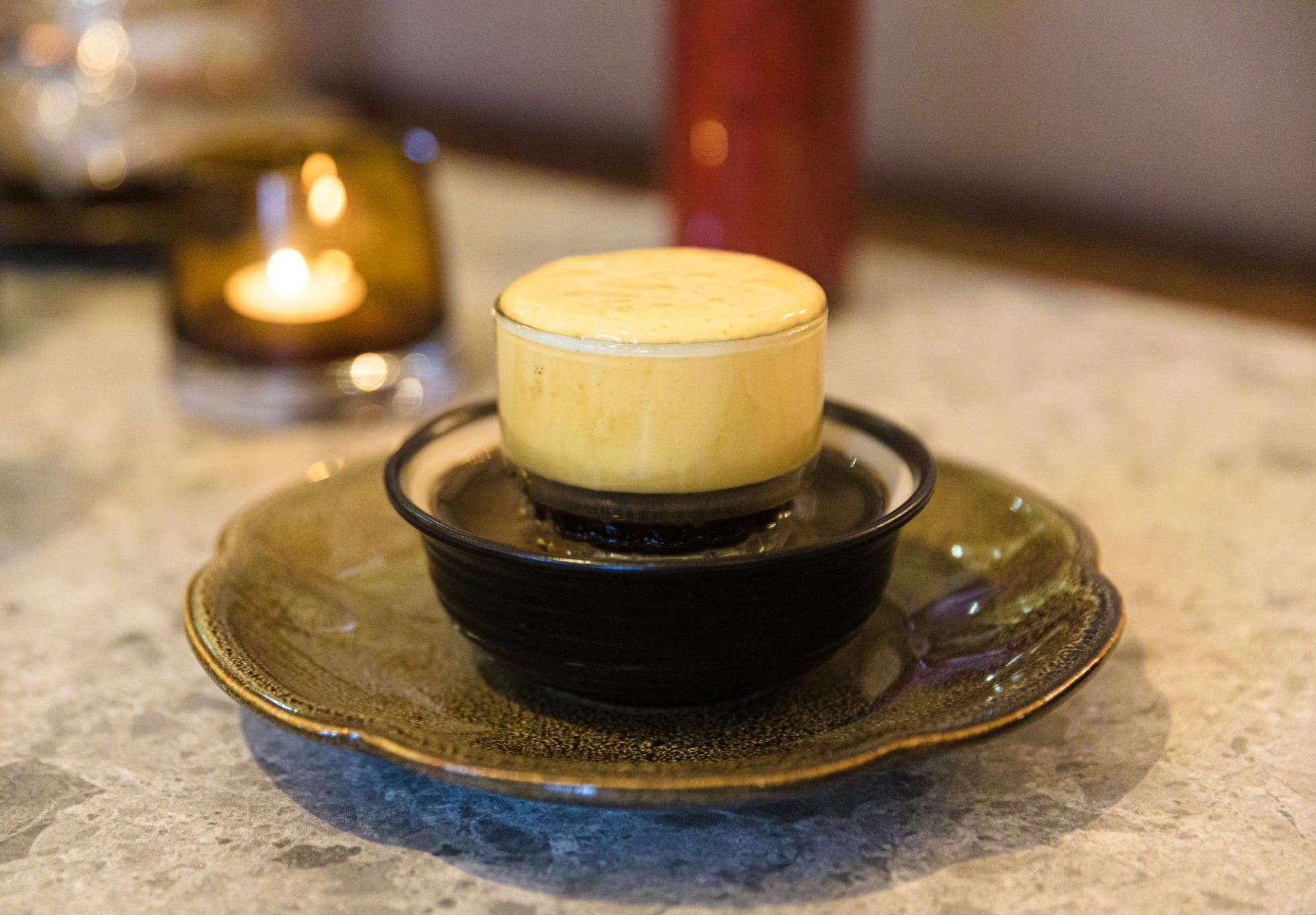
After Sáo’s playfulness and Khan’s simple elegance, here you created an even more chiseled and special space.
Tuan: Yes, and the space and the basic qualities of the property is what gave the inspiration for this. It has an oblong floorspace, the space deepens inwards, with a relatively small portal facing the street. It might not be the most beneficial property from a business sense, but we were looking for its advantages from a designer’s angle: including the high ceiling and the depth of the space, giving it a strong and dominant character.
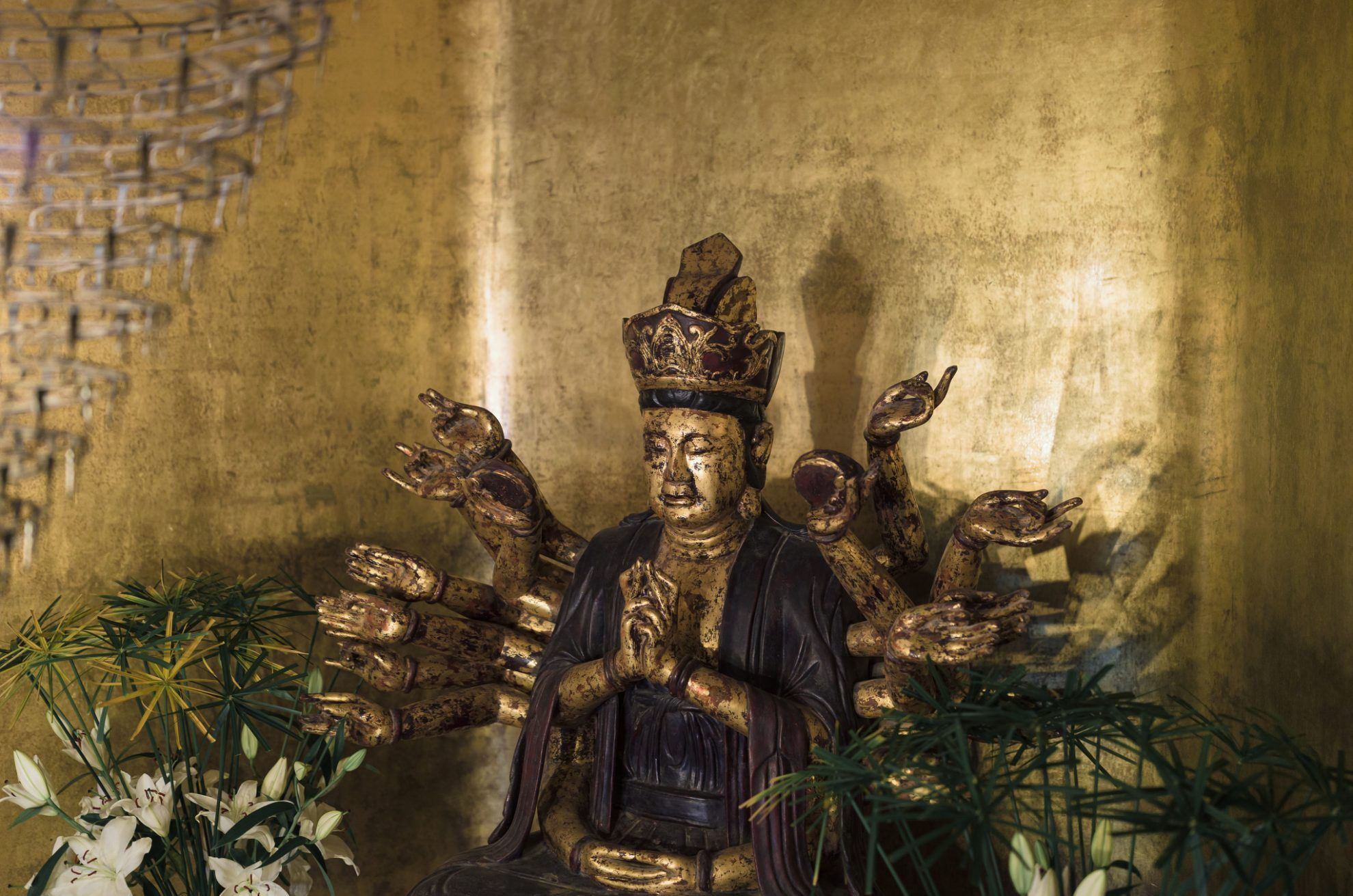
The same as in the case of the other restaurants, we create very instinctively and honestly both in terms of the menu and the decoration in the case of Quí, too. We are looking for handholds and experiences and we rely and draw on them. In this case, I found my inspiration quite shortly after the site inspection: it made me remember the experience of going to a monastery in Hanoi with my grandmother. One of Hanoi’s oldest, 850-year-old monasteries, which stood right next to our house, was not too tall. What made it look tall were the statues, rising above us imposingly.
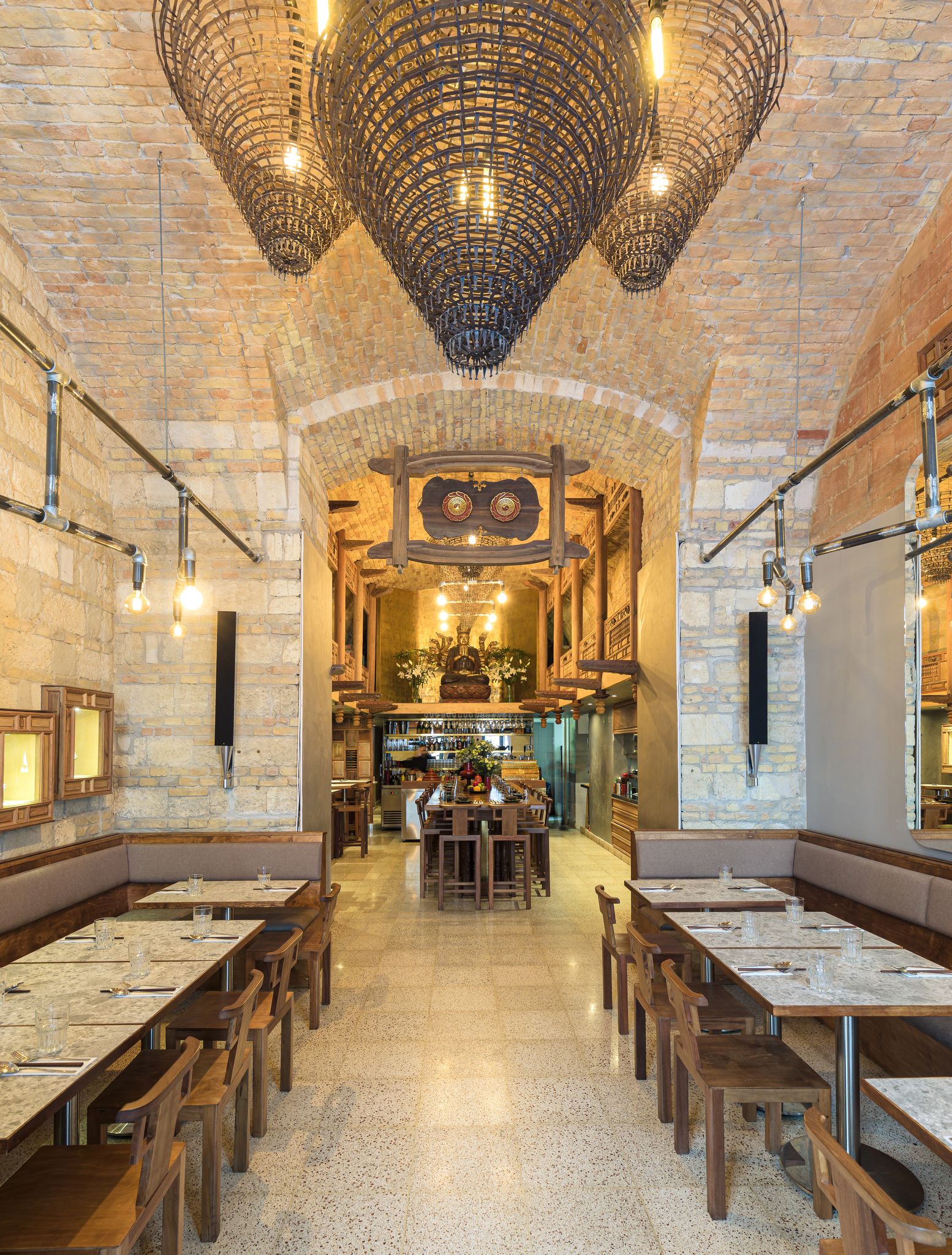
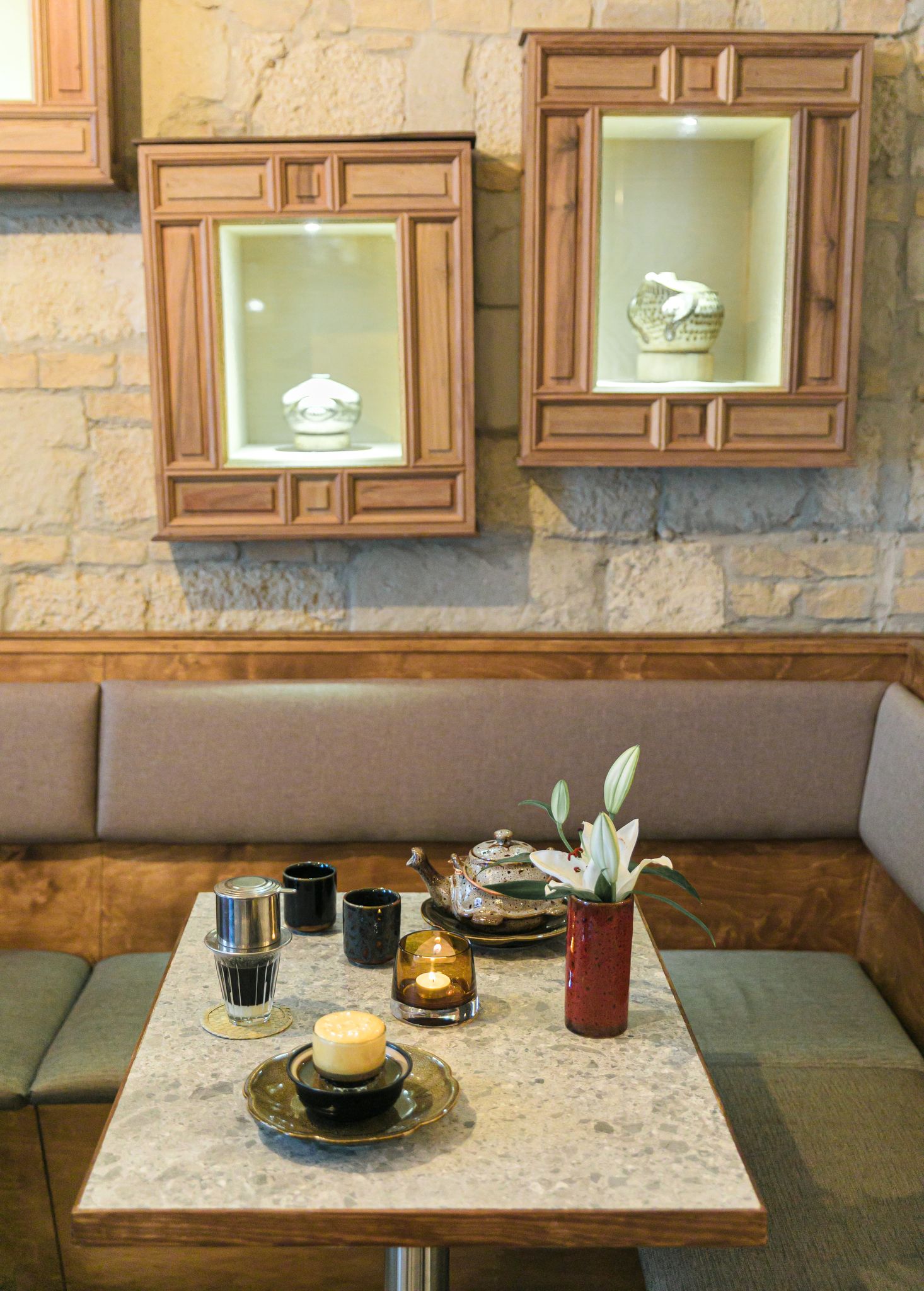
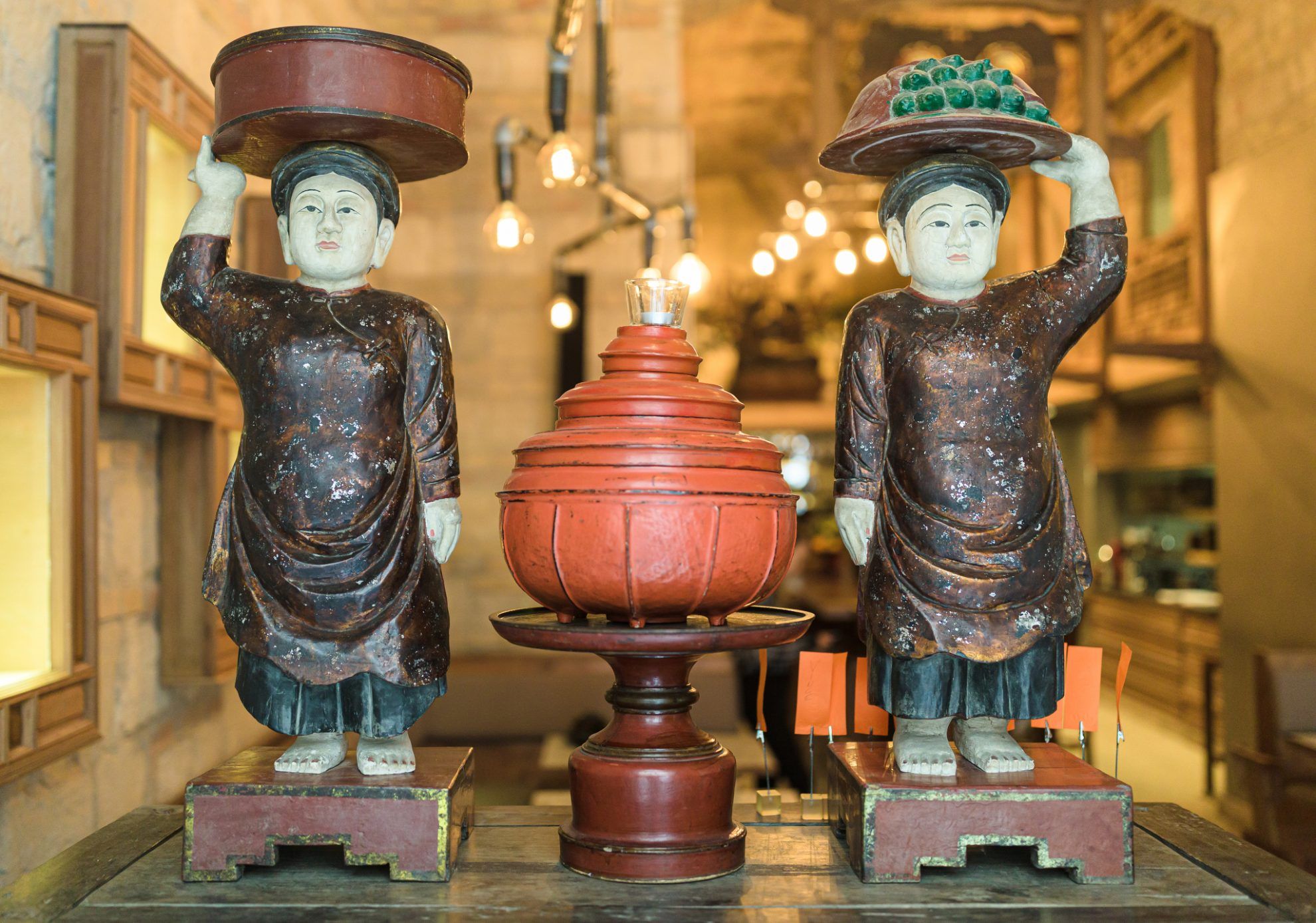
Was the raw brick wall also a basic feature of the place?
Tuan: No, for that we had to remove a layer of plaster. We are in an old, 160-170-year-old house, we had to restore the walls completely. We only preserved a few delicate engravings.
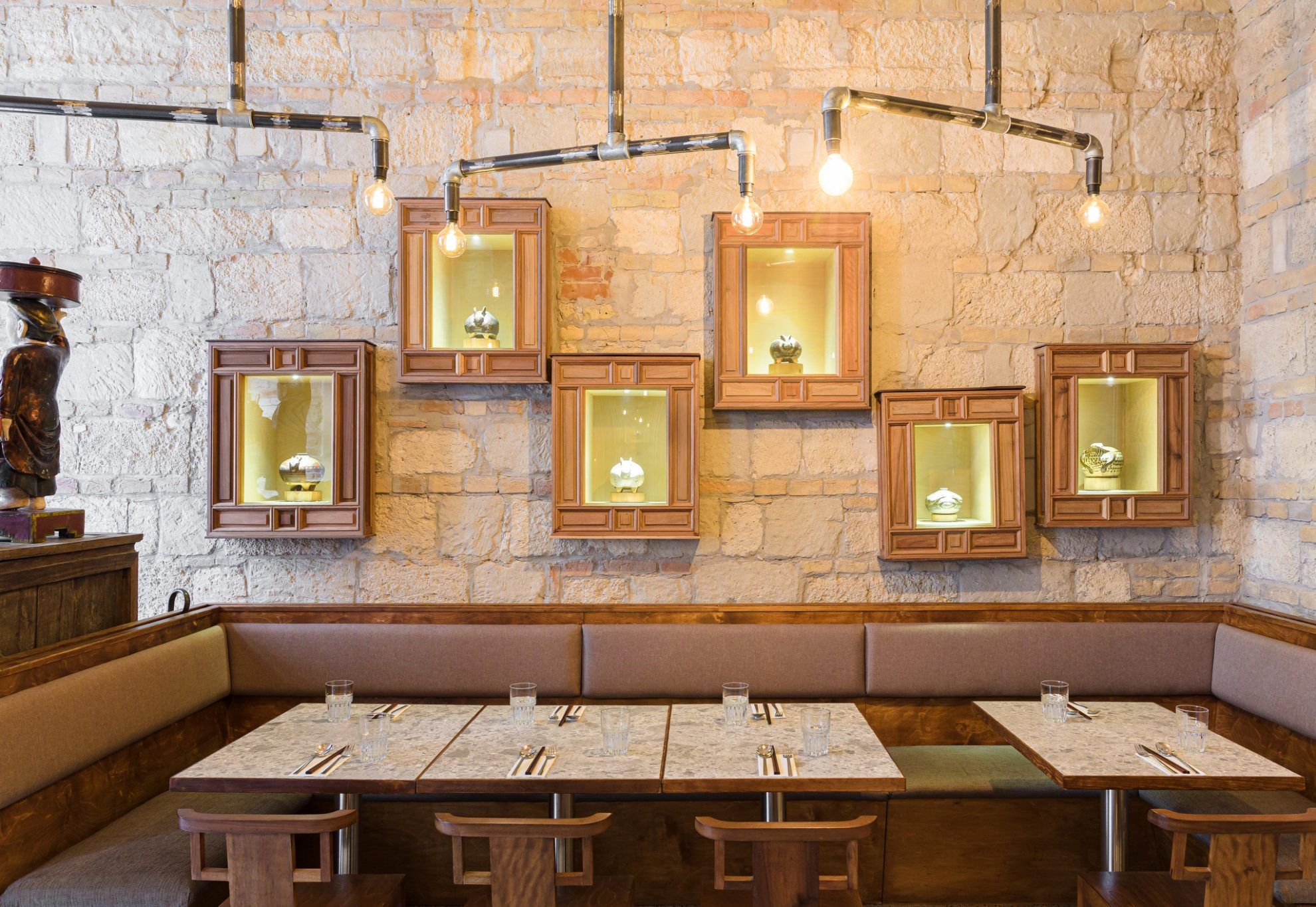
The furnishing, the marvelous wooden furniture and objects came from Vietnam – how did design and manufacturing go?
Tuan: In addition to being made in Vietnam and custom-designed, all items are recycled, too. They recycled old, 100-year-old or older fine hardwood materials, tropical trees, mahogany and teakwood for manufacturing both the new furniture and the carved columns.
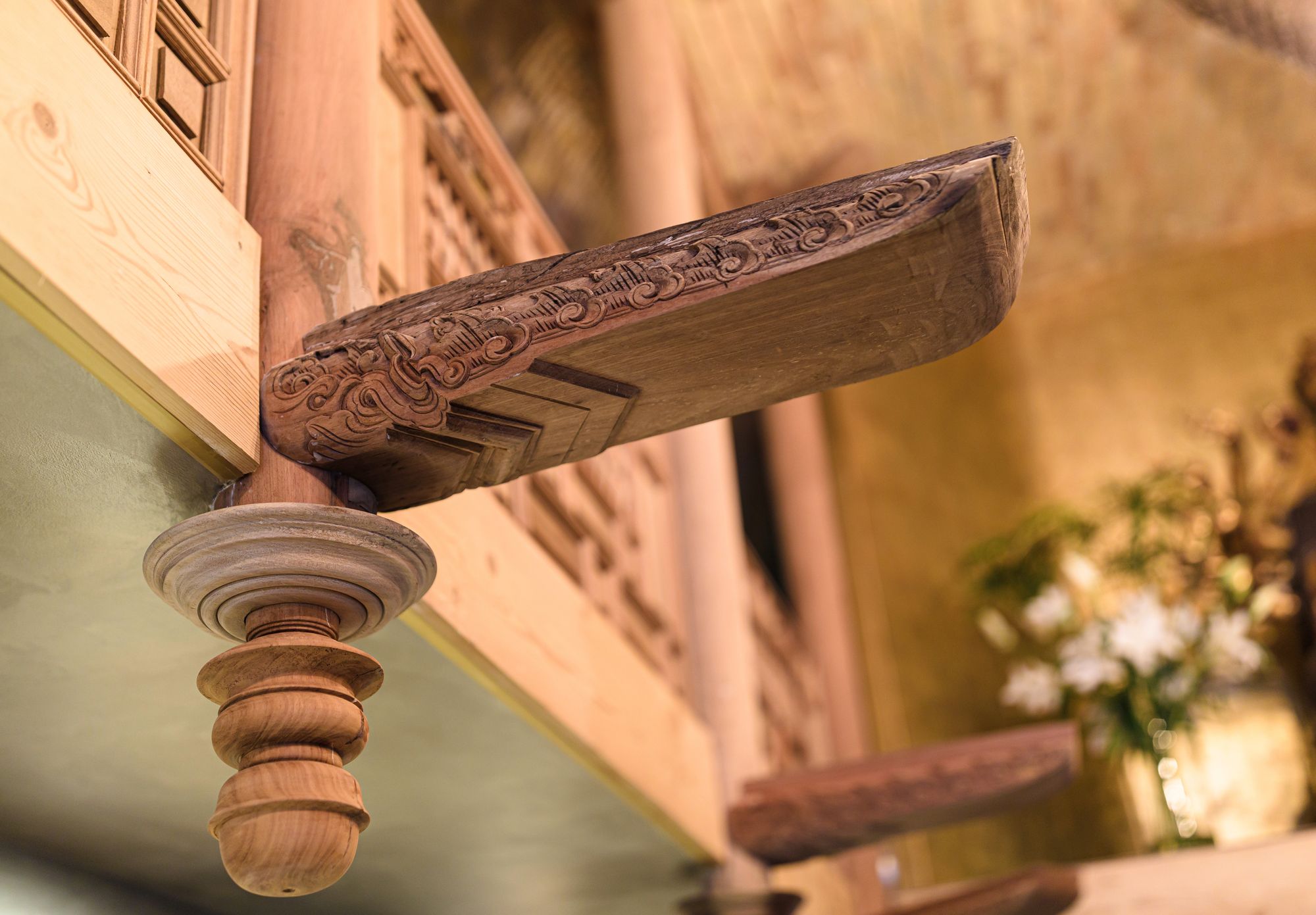

Recycling was a very important goal of ours. We love natural materials, however, the protection of the environment is also important to us – this way we could make sure we didn’t have to give up on either of them.
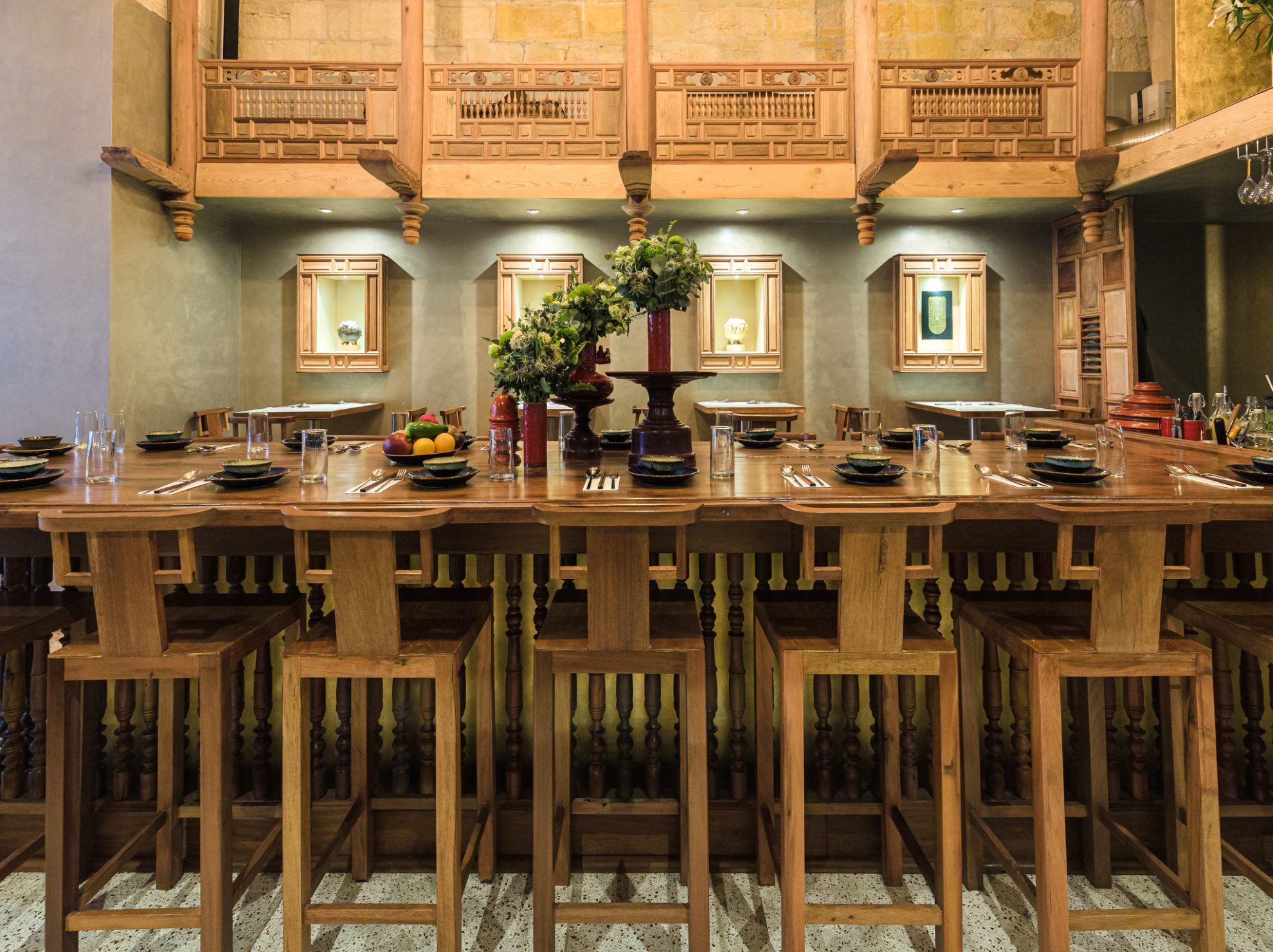
I think old wood has a soul: when I only see a plank or a pole in the workshop, it may not look like anything interesting, but you can still feel the soul of the raw material.
In addition to the custom designed furniture, there are also many antiquities in the new restaurant. Where does this attraction of yours come from?
Tuan: The ceramics you see on the walls are tobacco and shisha accessories. There are some 300-500-year-old pieces amongst them, from North and South Vietnam.

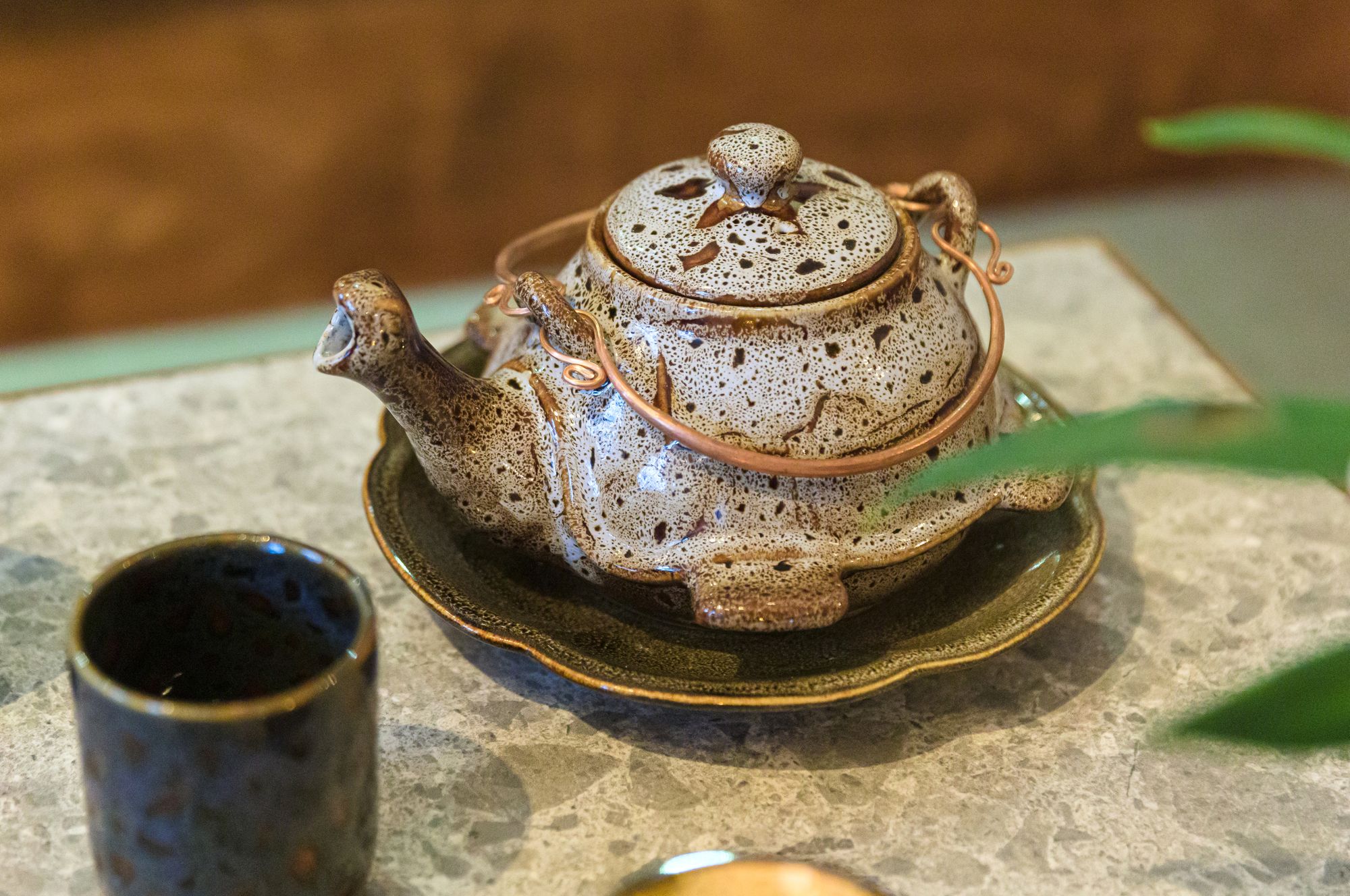
Phuong and I are both passionate about antiquities. We love old and used things very much, because we see time, beauty, form culture and technology in them. Both of us went to Moholy-Nagy University of Art and Design, where we had to do a lot of research and analyze old objects during our studies, so we are quite familiar with this.
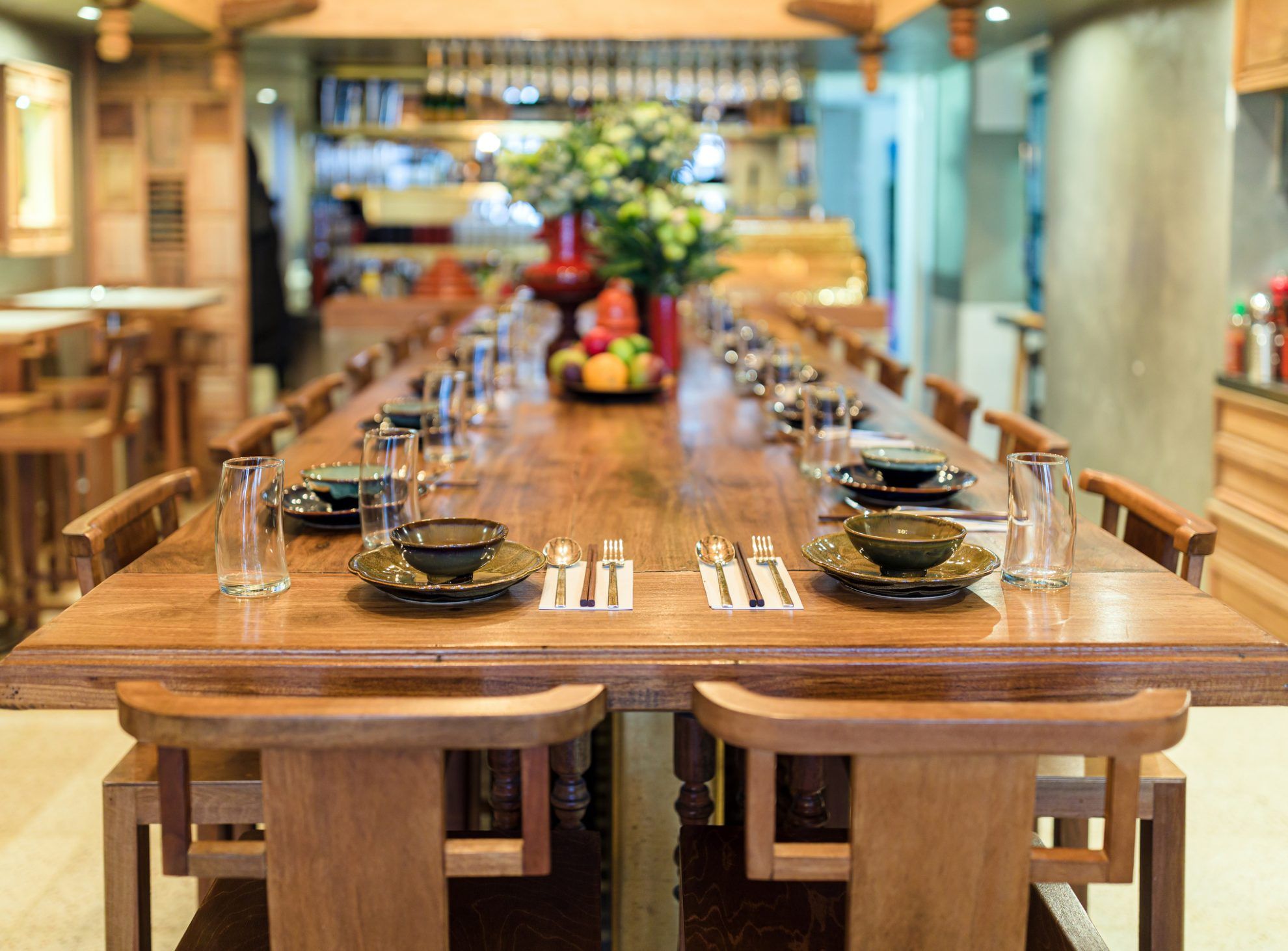
As a result, we also consider understanding old traditions and techniques important, so we didn’t buy the new ceramics as new, but had them made with a family ceramics studio. Both the form and the glaze are unique, and the colors were inspired by the clothing of monks – yellow, dark red, brown.
In addition to the traditional carved textures, the shape of the chairs is explicitly modern for example.
Tuan: We have a Ming-inspired Bauhaus chair in the restaurant, this is what gave the basis for the backrest of the chairs, resulting in a feeling of Lajos Kozma meeting the Ming dynasty. It’s a good combination: airy, classic and modern at the same time.
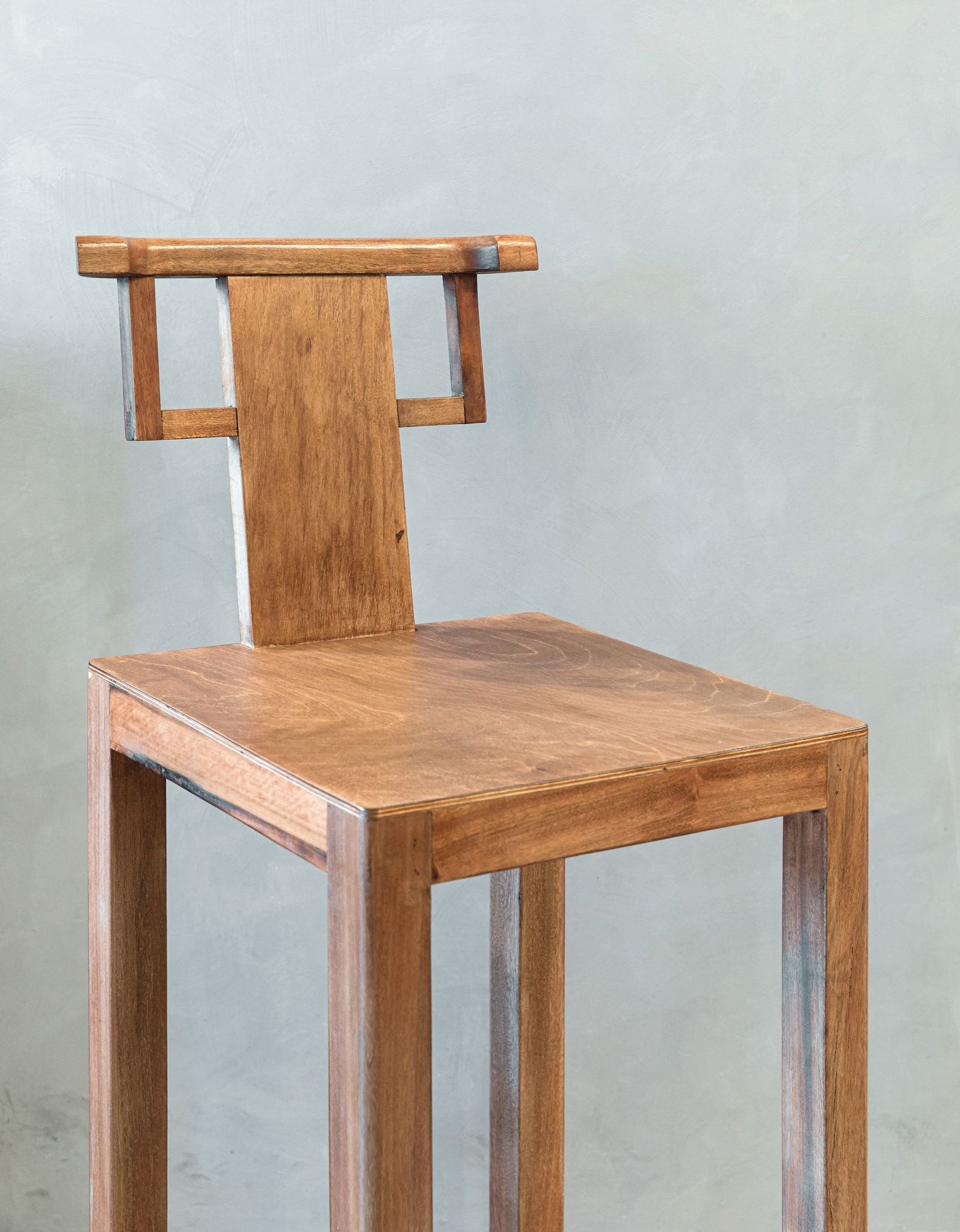
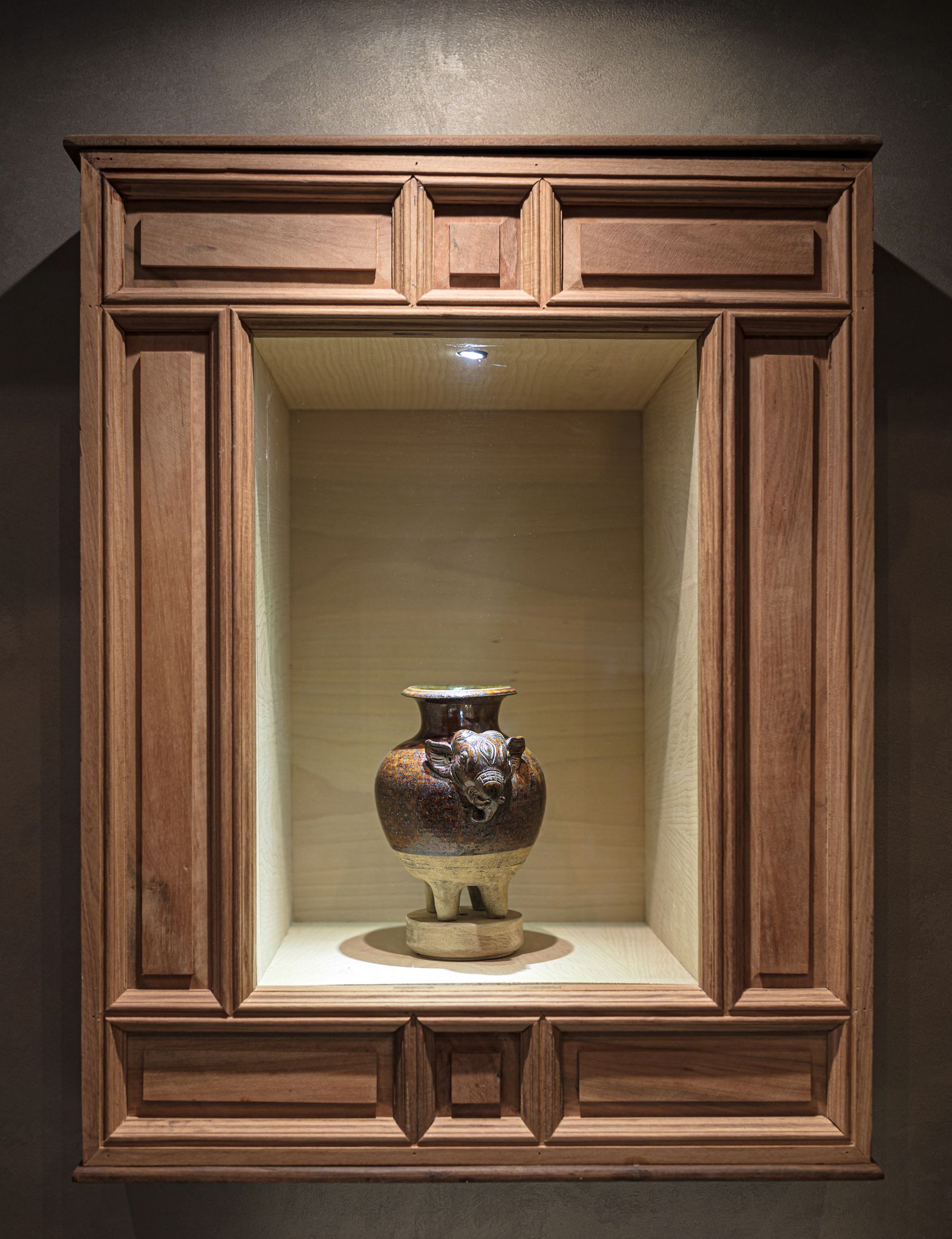
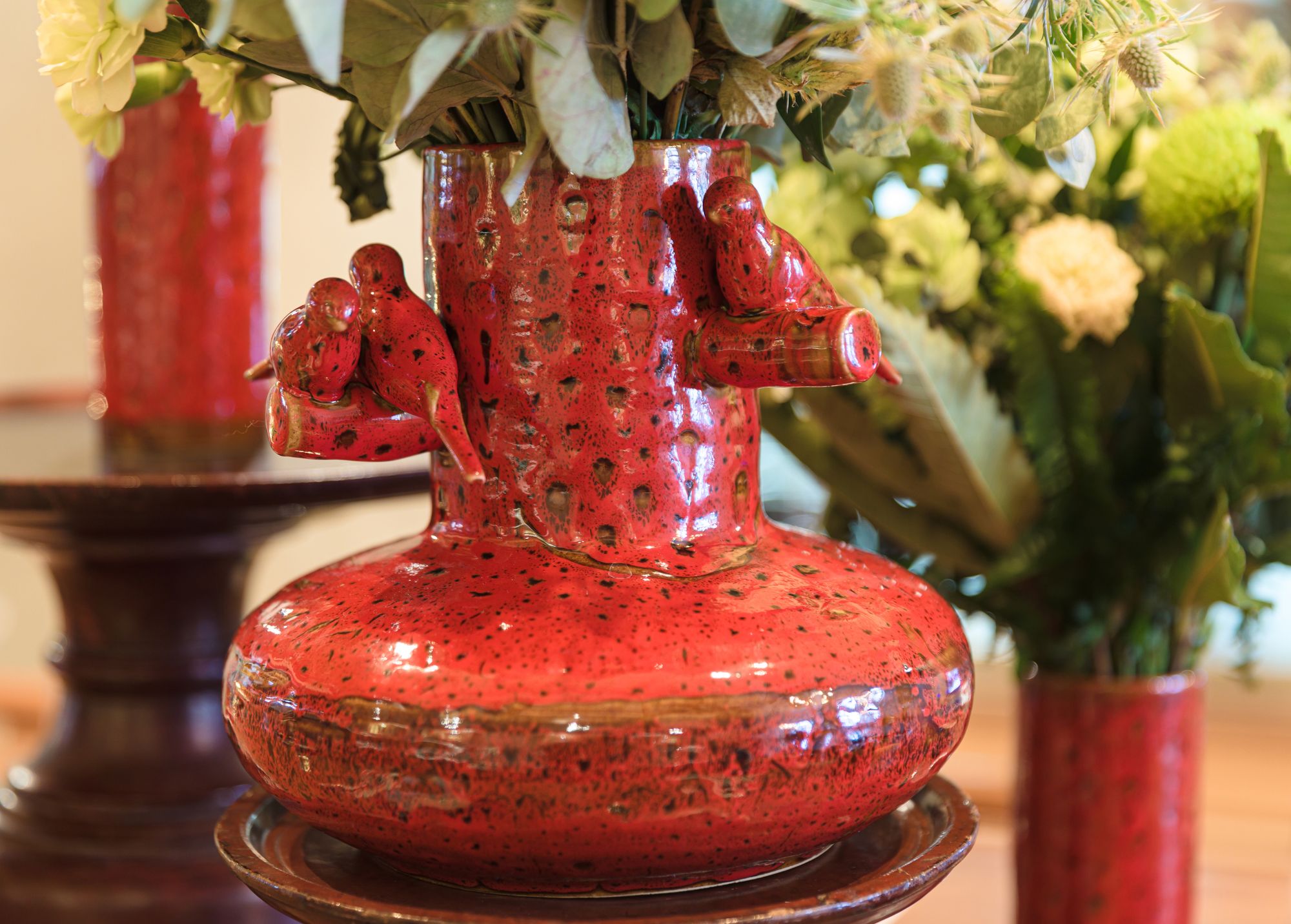
After a little digression, in which Phuong and Tuan talk about how Sáo, Khan and Quí mirror the process of maturation they also underwent over the past years, we once again circle back to the principle of recycling:
Tuan: We live in the age of globalization and mass culture, we produce a lot of waste. We believe, and we have also practiced it for years now – and perhaps there will be a turning point in the world as a result of the coronavirus – that the old things, the things of our parents and grandparents shouldn’t be thrown out, but re-used over and over again. We should combine them with novelties. This would improve our environment a lot.

We think design is a responsibility. This applies to clothes and hospitality in the same way, as we influence people through them: what ingredients we use, how we prepare the dishes, whether they are healthy, and how we frame it with the venue – with all these we show a perspective on life, and if they experience it here, they may take a part of it home as inspiration.
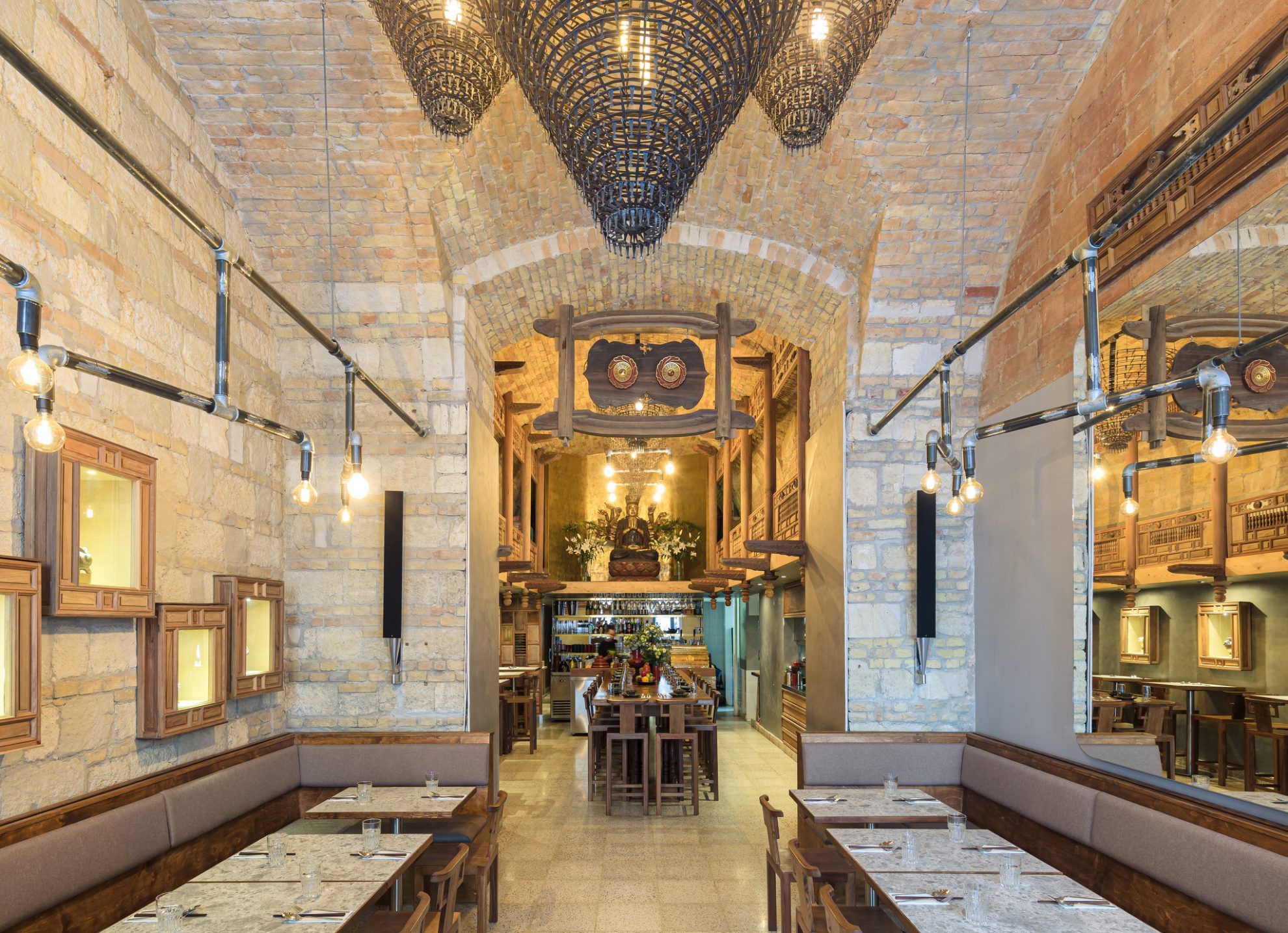
Photos: Balázs Mohai

Good people, good places | Big picture of gastronomy
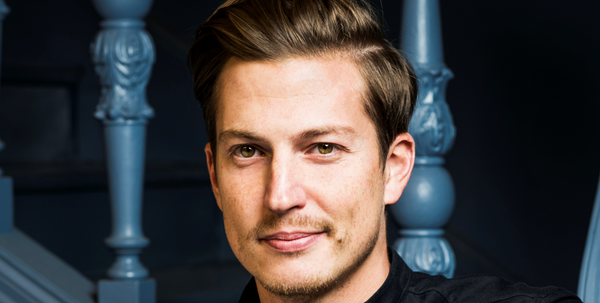
Highlights of Hungary 2020 | Ákos Takács










